PICANTE!
International Partners
Panama
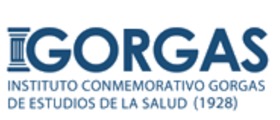 The Gorgas Memorial Institute for Health Studies (GMI) in Panama City, Panama. GMI is a public institution that worksclosely with the Ministry of Health to improve the health of Panama and Central America. As a premier pathobiology research institute, its mission is to develop health research in Panama, to fulfill the functions of a national public health laboratory and to provide education to health care workers of the region.
The Gorgas Memorial Institute for Health Studies (GMI) in Panama City, Panama. GMI is a public institution that worksclosely with the Ministry of Health to improve the health of Panama and Central America. As a premier pathobiology research institute, its mission is to develop health research in Panama, to fulfill the functions of a national public health laboratory and to provide education to health care workers of the region.
Ecuador
 The Center for Research on Health in Latin America (CISeAL) is a collaboration between the Pontifical Catholic University of Ecuador and the Infectious and Tropical Diseases Institute (ITDI) at Ohio University that aims to develop biomedical and biological research, epidemiological surveillance activities, and training and educational programs in Ecuador.
The Center for Research on Health in Latin America (CISeAL) is a collaboration between the Pontifical Catholic University of Ecuador and the Infectious and Tropical Diseases Institute (ITDI) at Ohio University that aims to develop biomedical and biological research, epidemiological surveillance activities, and training and educational programs in Ecuador.
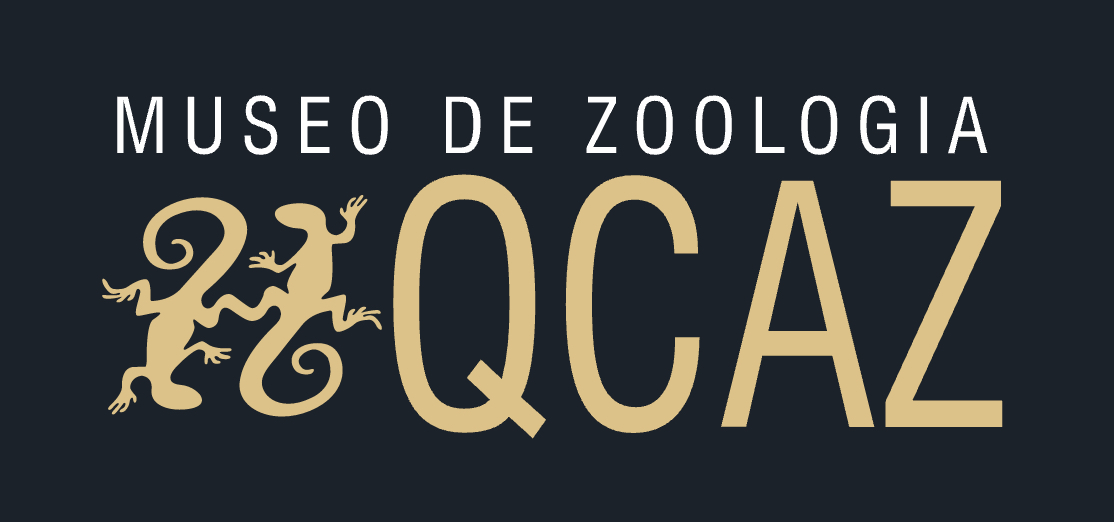
Museo de Zoología QCAZ, Pontificia Universidad Católica del Ecuador, La División de Mastozoología is a center dedicated to scientific research and the preservation and dissemination of pertinent information on the Mammals of Ecuador and is the largest collection of Ecuadorian mammals.
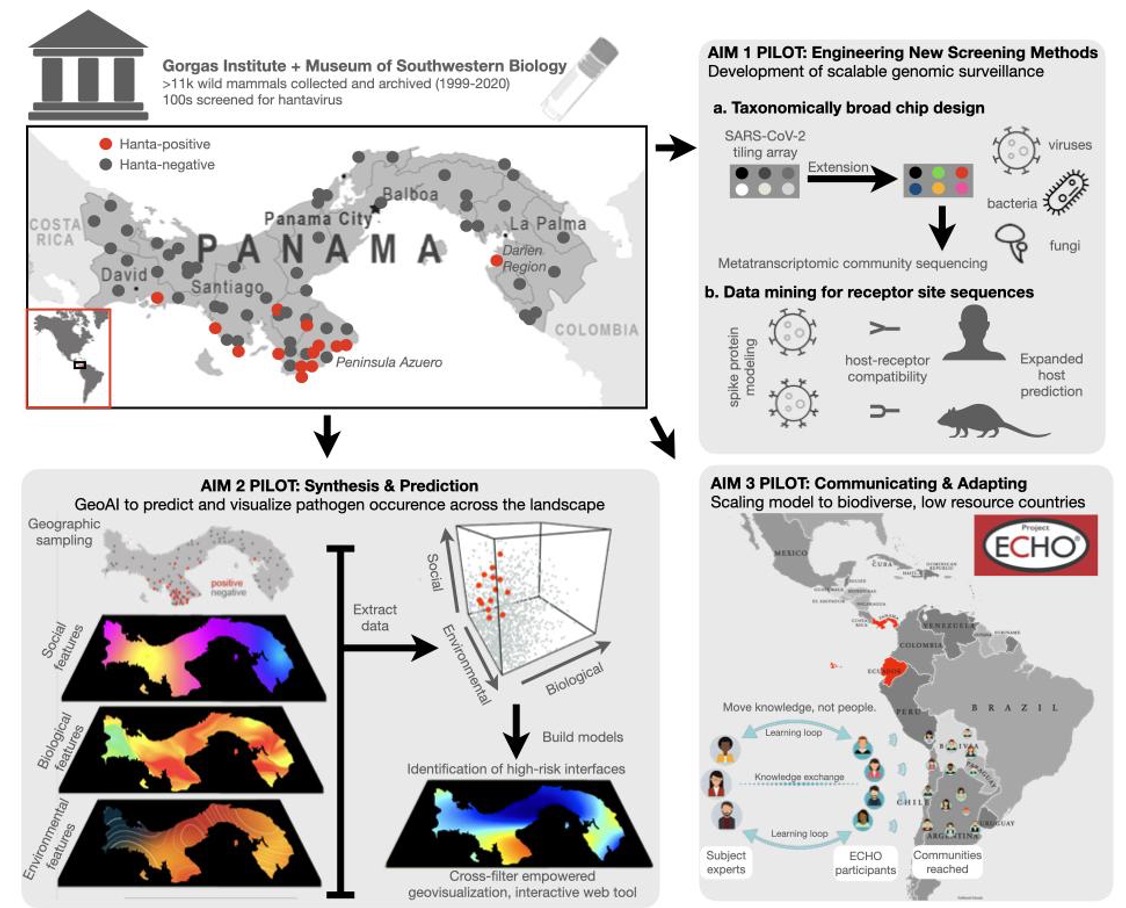
A major focus of the PICANTE is on capacity building, workflow scalability, and dissemination across borders. In collaboration with Project ECHO and the virtual network Museums and Emerging Pathogens in the Americas (MEPA), the Center will expand development of wildlife sampling strategies and a comprehensive, decentralized network of local biorepositories for pathogen surveillance. We will focus on changing environmental interfaces and use the archives to examine changes in host reservoirs and pathogen communities across space and time and predict conditions that stimulate pathogen emergence. Interoperable, open data will ensure that actionable products of our Center are available and accessible to diverse stakeholders ranging from local communities to international public health agencies. New capacities for visualization, informatics interpretation, and translation emanate from development of fast, affordable, and scalable sequencing and bioinformatic technologies allowing methods of pathogen detection, discovery, and monitoring that foster global pathogen surveillance. Through the collaborative network MEPA, we will promote international adoption of strategic approaches and technologies by offering a multicomponent virtual education, capacity building, and collaborative problem-solving series for biorepositories in the Americas. Through this necessary foundation, PICANTE codifies standardized exploration of biodiversity and builds connections with local communities, sequencing and bioinformatic facilities, and public health and natural resource agencies.
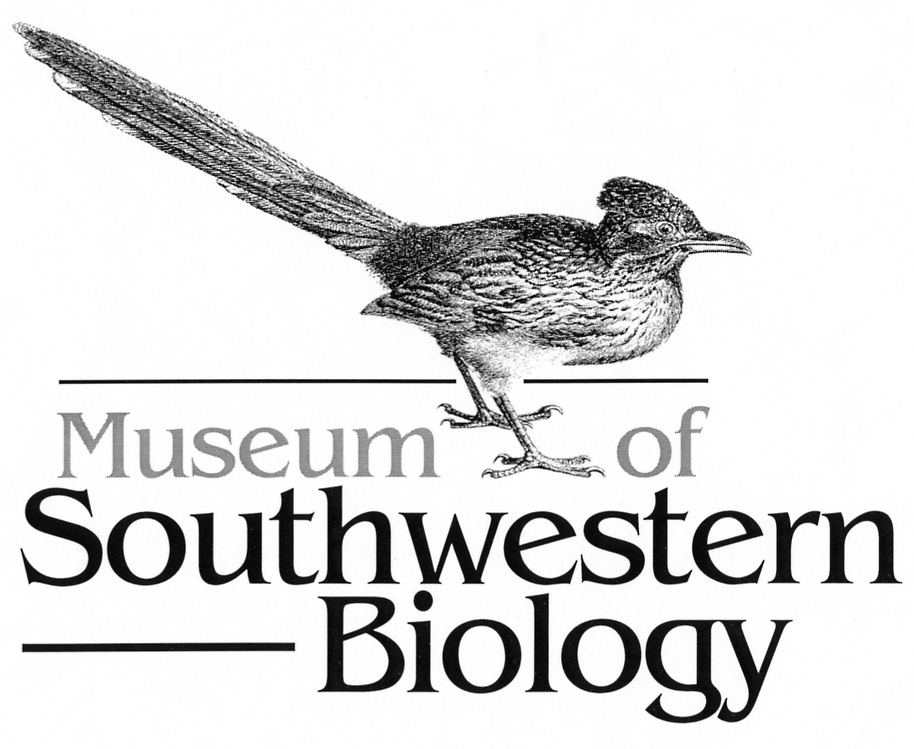
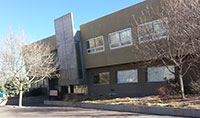



 The Center for Research on Health in Latin America (CISeAL)
The Center for Research on Health in Latin America (CISeAL)
